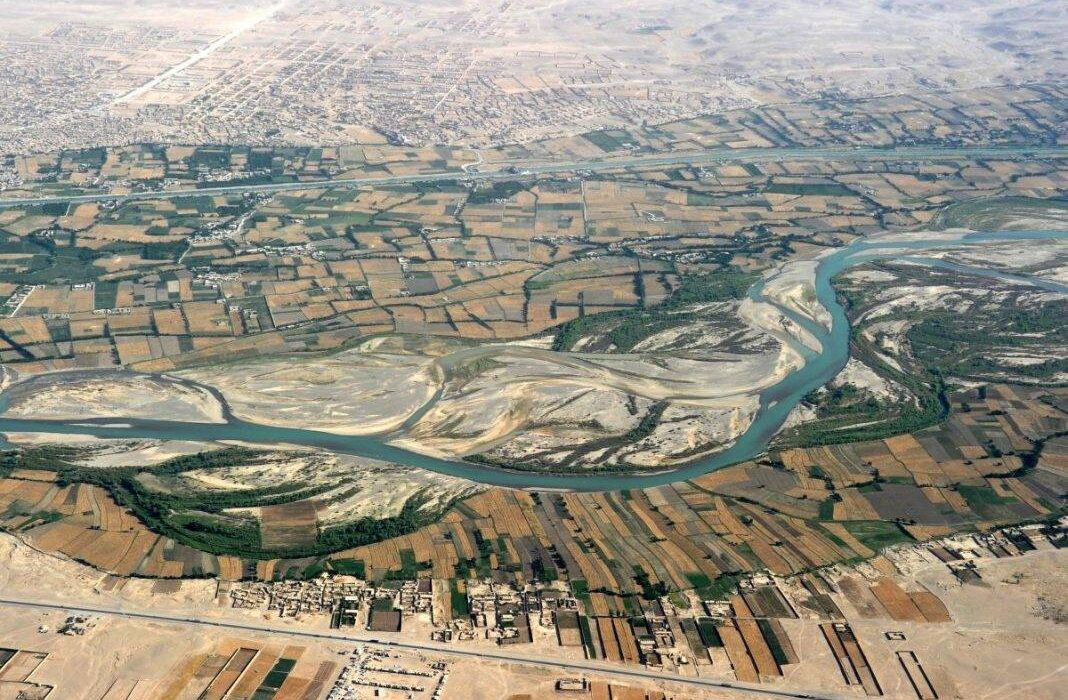Washington’s former special representative for Afghanistan Zalmay Khalilzad has weighed in on the Iran-Afghanistan water rights drama and suggested the two parties follow the remedies envisaged in the 1973 Helmand River Water Treaty for circumstances of disagreement.
As per the treaty, Khalizad suggested that since both countries remain committed to the 1973 Treaty, they should follow the remedies envisaged.
The treaty stipulates that the water amount provided can be less in some years due to drought or force majeure and that in the event of a dispute, the two countries should try bilateral diplomatic engagement to find a solution; make use of the good offices of a third party; and if neither step works, then the issue should be submitted to arbitration.
Neither Iran nor Afghanistan have taken serious steps in this regard.
In a series of tweets early Wednesday morning, Khalilzad accused Iranian leaders of “saber-rattling” and threatening Afghanistan with a range of hostile actions, “including perhaps war”.
The former envoy’s comments come amid a growing dispute between Tehran and Kabul over what Iranian politicians have said is a severe water crisis in the Sistan and Baluchistan region. They accuse the Taliban of stopping water in the Helmand River from flowing into Iran.
The Taliban has said it is committed to the Helmand River Water Treaty of 1973 but says that due to drought and climate change there is not enough water in the river and in dams along the river to share with Iran.

Iran has stated otherwise and has accused the Taliban of blocking the flow of water. On Tuesday, Iran’s state-run news outlet IRNA published satellite images of the dams, stating the photographs “show a considerable amount of water at the two controversial dams built by Afghanistan on the Helmand River shared with Iran, contrary to the Taliban’s claims of water shortages there.”
The images were captured by Iran’s domestically-developed Khayyam Satellite.
Iran’s media claims the images indicate there is a good amount of water in the Kajaki Dam, and the water has filled about 80% of the dam’s capacity.
Meanwhile, the reservoir at the Kamal Khan Dam indicates that the water released from the huge Kajaki Dam has reached Kamal Khan, and the inflow has been enough to supply the water required for agricultural land nearby.
Iranian media states the images show the gates of Kamal Khan have, on some occasions, been opened towards Iran, but the flow of water was diverted back into Afghanistan through two man-made channels, and no water reached the Iranian side of the border.
Taliban ‘being surprisingly restrained’
Khalilzad meanwhile said that Taliban authorities are “being surprisingly restrained and statesmanlike over the issue. They acknowledged the treaty while arguing that the lower amount of water is due to drought and climate change.”
He also said the Taliban has “expressed sympathy for the difficulties and water shortage places on civilians in Iran, while pointing out that their own civilians are experiencing the same.”
Last week however, the Taliban’s acting foreign minister Amir Khan Muttaqi called on Iran to adjust its “expectations” based on the treaty and said Tehran “should not politicize” the issue.
He did however suggest that the issue should be resolved through talks.

“The Islamic Emirate of Afghanistan (Taliban government) is committed to the 1973 treaty,” Muttaqi said. “We expect the Islamic Republic of Iran to adjust its expectations based on the 1973 treaty and judgments should be based on the agreement.”
“We ask the Iranian government not to politicize the vital issue of water and it is better to address such issues through understanding and face-to-face talks instead of creating buzz on the media,” Muttaqi added.
The treaty states that Iran is entitled to 820 million cubic meters of water from the river annually, but Iranian officials have said that it only received 27 million cubic meters in the past year.
Iran’s Foreign Minister Hossein Amir-Abdollahian also accused the Taliban government in a tweet last week of not allowing Iranian experts to investigate the matter in Afghanistan despite his repeated requests. “Proof of existence or lack of water is technical and actual visit [by experts], not a political statement [by the Taliban],” he wrote.
On Thursday, the spokesman of Iran’s Aerospace Organization, Hossein Dalirian, said in a tweet that images from Iran’s Khayyam satellite indicate that the Taliban has stopped water from reaching Iran by changing the course of the river in some areas and building “numerous” barriers.
The Taliban has not yet responded to these claims.





